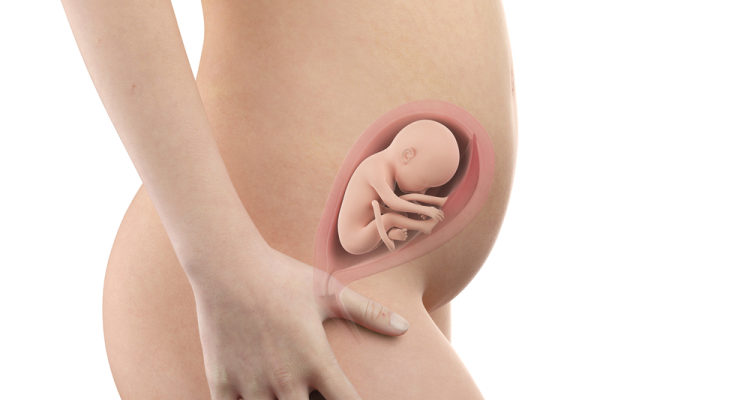
Pregnant women should go for prenatal screening at least once. These tests are very helpful in detecting a problem in the fetus.
Prenatal tests are helpful, but it is important to know the interpretation of the results. A positive test result does not always mean that the baby will have a birth defect. You need to talk to your doctor or nurse about the significance of these results and what you need to do when they are available.
Genetic tests before birth
Doctors can also use prenatal tests to look for signs that a fetus is at risk for genetic disorders or birth defects. You don't have to have these tests, but your doctor will recommend some tests to make sure your baby is healthy.
These tests are especially important for women at high risk of birth defects or genetic problems. You would probably be in this group of women if you:
Over 35 years old;
Have ever had a premature birth or had a baby with a congenital disorder;
Have an inherited disorder or have a spouse or a family member with an inherited disorder;
Have conditions such as diabetes, high blood pressure, epilepsy or an autoimmune disorder such as lupus;
Have had a miscarriage or premature birth in the past;
Have had gestational diabetes or pre-eclampsia in a previous pregnancy.
Some of the prenatal genetic tests are screening tests. The results show whether the fetus is at high risk for the disorder or disease, but they cannot tell you when the baby will be born with the conditions as predicted. Other diagnostic tests will give you a clearer answer. Usually, you will have this test after your screening test is positive.
The doctor will start testing your genes and your husband for certain genetic diseases like cystic fibrosis, Tay-Sachs disease, sickle cell disease and others. If your DNA has a gene that causes one of these diseases, you will most likely pass the disease on to your baby, even if you don't have it. This test is called the screening of the pathogen.
Your doctor may use one or more different screening tests to check your baby for genetic problems, including:
√ Ultrasound
Around weeks 11–14, doctors use an ultrasound to look at the nape of the fetus. Folds or thick skin on the back of the neck indicates an increased risk of Down syndrome. At the same time, your doctor may also take a sample of your blood to check.
√ General test
This test has two phases. First, the doctor combines the results of your baby's neck ultrasound and the blood test you get at weeks 11–14. They will then take a second blood sample between weeks 16–18. Results will measure the child's risk of Down syndrome and spina bifida, spinal cord disease and brain disorders .
√ Sequential check
This is similar to a synthetic test, but your doctor will evaluate the results with you as soon as the first phase is 11–14 weeks. It's not as accurate as the longer test, but it may indicate the risk of preterm birth. If the test shows that there may be problems, your doctor will use more tests to find out for sure. If no risk is found, you will have a second blood test at 16–18 weeks to be sure it is safe.
√ Screening test three or four
The doctor will test your blood to check for hormones and proteins from the fetus or from the placenta. If three substances are found (on the triple screening test) or four substances (on the quadruple screening), your baby has a higher risk of birth defects or genetic disease. This test is usually done in the second trimester, between 15 and 20 weeks.
√ Fetus DNA test
Doctors use this test to find the fetal DNA in your blood and check for Down syndrome and 2 other genetic diseases, trisomy 18 and trisomy 13. You can do this later 10 weeks of pregnancy. Doctors do not recommend this test to every woman, usually only those with high-risk pregnancies.
The test is uncommon in some places and some health insurance policies do not cover it. Try talking to your doctor to see if you need this test.
Hope article has provided useful information for pregnant mothers about prenatal screening. Wishing you and your baby a good health!












